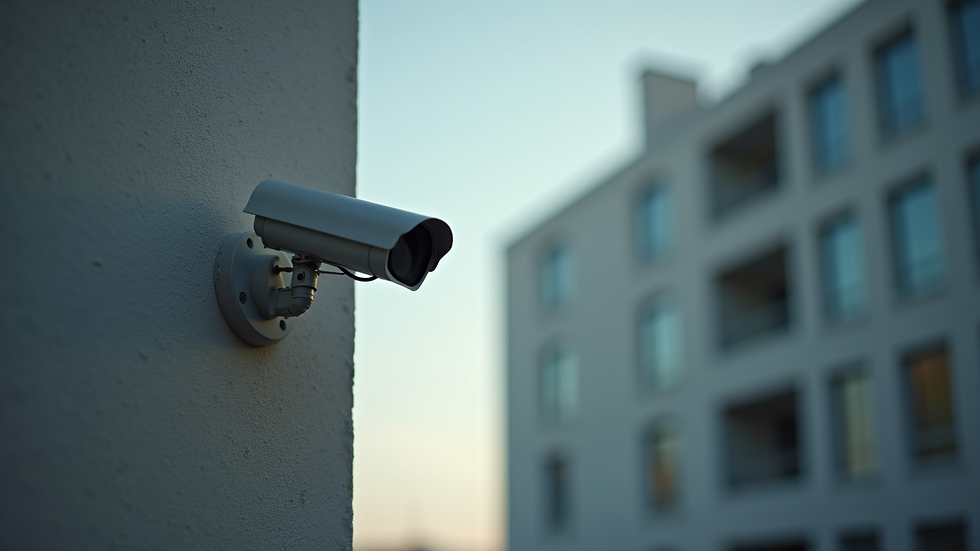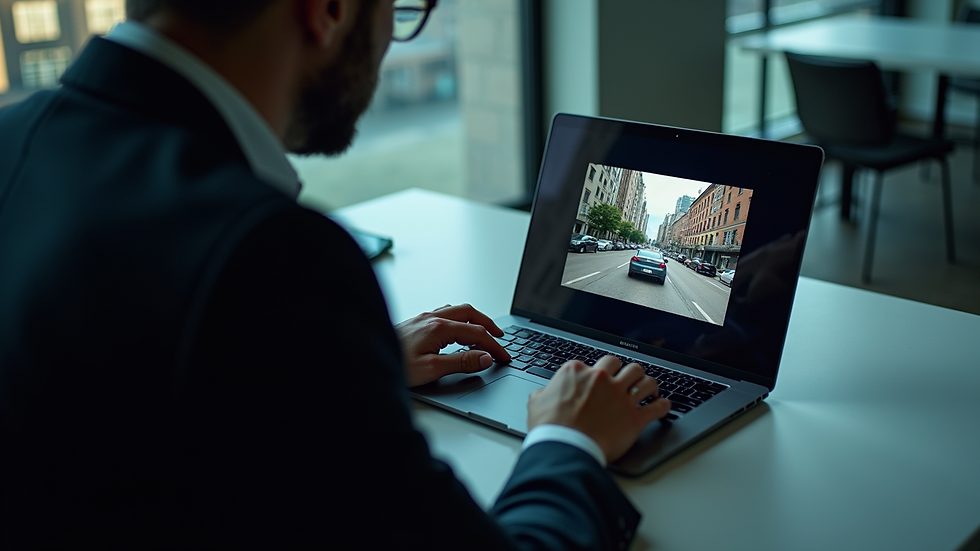Mastering Private Investigator Surveillance Techniques
- Dragnet Investigations, LLC
- Sep 17
- 4 min read
Surveillance is a critical component of investigative work, requiring a blend of skill, patience, and technology. Mastery of surveillance investigation methods enables the gathering of accurate and actionable information while maintaining discretion. This article explores essential techniques and best practices that define effective surveillance operations. The focus is on practical guidance that supports thorough and reliable investigative outcomes.
Understanding Surveillance Investigation Methods
Surveillance investigation methods encompass a variety of tactics designed to observe and document subjects without detection. These methods are tailored to the specific objectives of the investigation, whether it involves monitoring an individual’s activities, verifying claims, or collecting evidence for legal proceedings.
The foundation of successful surveillance lies in preparation. This includes researching the subject’s habits, routines, and locations. Understanding these elements allows for the selection of optimal times and places for observation. Surveillance can be conducted on foot, by vehicle, or through stationary observation points.
Key techniques include:
Mobile Surveillance: Following a subject discreetly while maintaining a safe distance.
Static Surveillance: Remaining in a fixed location to observe a subject’s movements.
Electronic Surveillance: Utilizing technology such as GPS trackers, cameras, and audio devices.
Each method requires specific skills and equipment. For example, mobile surveillance demands the ability to blend into traffic patterns and pedestrian environments, while static surveillance requires patience and concealment.

Essential Surveillance Investigation Methods
The effectiveness of surveillance depends on the investigator’s ability to adapt methods to the situation. Several core practices are consistently employed to enhance the quality of information gathered.
Planning and Reconnaissance
Before initiating surveillance, detailed planning is essential. This involves:
Gathering Background Information: Collecting data on the subject’s daily schedule, frequented locations, and associates.
Scouting Locations: Visiting potential observation points to assess visibility, escape routes, and potential obstacles.
Equipment Preparation: Ensuring all devices, such as cameras and communication tools, are functional and discreet.
Maintaining Discretion
Discretion is paramount. Investigators must avoid detection to prevent compromising the operation. Techniques include:
Using unmarked vehicles and inconspicuous clothing.
Employing natural cover such as parked cars, buildings, or crowds.
Varying routes and observation points to avoid patterns.
Documentation and Reporting
Accurate documentation is critical for the credibility of the investigation. This includes:
Taking clear photographs or video footage.
Recording detailed notes on times, locations, and subject behavior.
Using timestamped evidence to support findings.
Team Coordination
When multiple investigators are involved, coordination is vital. Effective communication ensures coverage of all angles and reduces the risk of exposure. Common practices include:
Using discreet communication devices.
Assigning specific roles such as lead observer, driver, or backup.
Conducting regular check-ins to update on the subject’s movements.

Tools and Technology in Surveillance
Modern surveillance benefits significantly from technological advancements. The integration of various tools enhances the investigator’s ability to monitor subjects efficiently and covertly.
Cameras and Recording Devices
High-resolution cameras with zoom capabilities allow for detailed observation from a distance. Night vision and infrared technology enable surveillance in low-light conditions. Portable recording devices facilitate continuous documentation without drawing attention.
GPS Tracking
GPS devices provide real-time location data, allowing investigators to monitor a subject’s movements remotely. This technology is particularly useful for vehicle surveillance and tracking patterns over extended periods.
Communication Equipment
Secure communication tools enable team members to coordinate without risking interception. Two-way radios, encrypted mobile apps, and earpieces are commonly used to maintain contact discreetly.
Data Management Software
Software solutions assist in organizing and analyzing collected data. This includes timestamping, geotagging, and compiling reports that can be presented in legal or corporate settings.

Practical Recommendations for Effective Surveillance
To maximize the success of surveillance operations, several practical recommendations should be followed:
Remain Patient and Observant: Surveillance often requires long periods of inactivity. Maintaining focus is essential to capture critical moments.
Avoid Predictability: Changing observation points and methods prevents the subject from detecting the surveillance.
Use Multiple Methods: Combining mobile, static, and electronic surveillance increases the likelihood of comprehensive coverage.
Respect Legal Boundaries: Adhering to laws governing privacy and surveillance protects the integrity of the investigation and prevents legal repercussions.
Prepare for Contingencies: Having backup plans and escape routes ensures safety and continuity if the subject becomes aware of the surveillance.
The integration of these recommendations supports the collection of reliable evidence that withstands scrutiny in legal and professional contexts.
The Role of Professional Surveillance Services
Engaging professional services specializing in private investigator surveillance ensures access to experienced personnel and advanced resources. Such agencies provide tailored surveillance solutions that meet the specific needs of clients, including individuals, attorneys, insurance companies, and businesses.
Professional investigators bring expertise in:
Conducting discreet and effective surveillance.
Utilizing cutting-edge technology.
Preparing detailed and admissible reports.
Navigating complex legal and ethical considerations.
Their involvement enhances the quality and reliability of investigative outcomes, supporting informed decision-making and legal processes.
Advancing Surveillance Skills and Knowledge
Continuous learning and skill development are essential for mastering surveillance techniques. Investigators should pursue training in areas such as:
Advanced observation and tracking.
Use of emerging surveillance technologies.
Legal updates related to privacy and evidence collection.
Behavioral analysis to anticipate subject actions.
Participation in professional associations and workshops fosters knowledge exchange and keeps practitioners abreast of industry best practices.
Mastery of surveillance investigation methods is a dynamic process that combines experience, technology, and strategic thinking. By adhering to established principles and embracing innovation, investigators can deliver precise and dependable results.
This comprehensive overview of surveillance investigation methods highlights the importance of preparation, discretion, and technology in achieving successful outcomes. The application of these principles supports the mission of agencies like Dragnet Investigations to provide trusted and effective investigative services across Minnesota.



